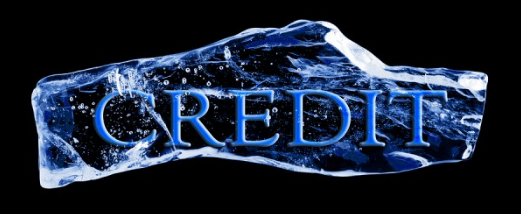Investment Risk Management

Risk Management
Safeguarding Assets
There are more financial advisors than ever before in the US. The most important difference is whether they have an independent and unaffiliated custodian. We do. The investment advisor initiates transactions as part of its portfolio management responsibility. The custodian then clears transactions as part of its safekeeping responsibility. The custodian has no investment authority (unless assigned for overnight excess cash balance sweep management). They serve to provide an audit trail of all the activity within a client’s investment account. We partner with Schwab as our custodian. They manage over $3.5 trillion in assets, have online account access and reporting and some of the strongest credit ratings in the industry.
Getting Out Of The Stock Market
Over the last several years and even decades, there have been periods of time when all asset classes are under negative pressure and cash is your best investment choice. Although the financial implications of bear markets can vary, typically, bear markets are marked by a 20% downturn or more in stock prices over at least a two-month time frame. Some bear markets have suffered a 40-60% decline in stock prices and have taken many years after to recover losses. In those instances where downside risks significantly outweigh upside potential, we have often chosen to sell investment positions and move to safer cash equivalents.
Using ETFs (Exchange Traded Funds) with very low trading costs has made that defensive play cost-effective for families seeking to preserve wealth. Plus, ETFs can be sold at any time during the trading day, whereas mutual funds can only be sold at the end of the day.
Investment Decisions
The oldest law of economics is supply and demand. At Research Financial Strategies, we place a premium on when to make an investment decision based on price movements using technical analysis. Technical analysis is an emotionless investment decision making process. It does not allow for getting caught up in the company or industry story. Investments are made through a series of technical factors.
The most notable factor is one called relative strength. When a security price shows a recognizable pattern of higher highs and higher lows, it demonstrates that there is higher demand than supply for that security. Given that reality, we continually evaluate the current market environment to take advantage of opportunistic investments being presented. Research Financial Strategies has the unique capability to create unlimited customized asset allocation blends for our diverse client base.
Principal Protection
Our ability to minimize portfolio risk for our clients is a result of having a Sell-Side Discipline. Prior to investing in a security, we establish an exit point based on the % of loss or price our investment advisors determine is acceptable. If the security price is violated, then it is sold. This ensures that profits are protected for our clients. Or worst case, risk to principal is minimized. Only through having an investment approach that has a pre-determined exit strategy for each investment position, can you mitigate portfolio risk during market corrections.
For many clients, allocating a portion of their assets to a strategy that has limited the downside risk is critical to achieving their investment objectives. However, there is no free lunch in investing or in life. There are numerous financial institutions pitching an array of products that are often not suitable to the client’s needs. Some are just loaded with fees. As independent advisors, we help our clients sift through the noise to find the right solution that works within their larger financial plan.
Liquidity
We invest in ETFs ( Exchange Traded Funds) and bonds funds that provide daily liquidity. Our firm is built on the belief that clients should have access to their money when they want it! And these investments allow us to quickly make decisions to help protect your assets should the stock market start to rapidly decline.
It's All About You!
Our focus is on your life and priorities. Not just your portfolio. That’s why we start by listening and learning about you. Each individual client has different needs and concerns that need to be addressed. We carefully listen to those concerns and we will gain important information that will help us to best serve our clients and help protect their financial futures.


